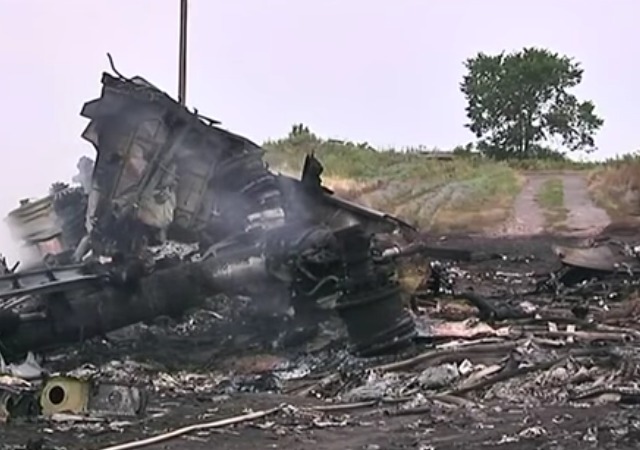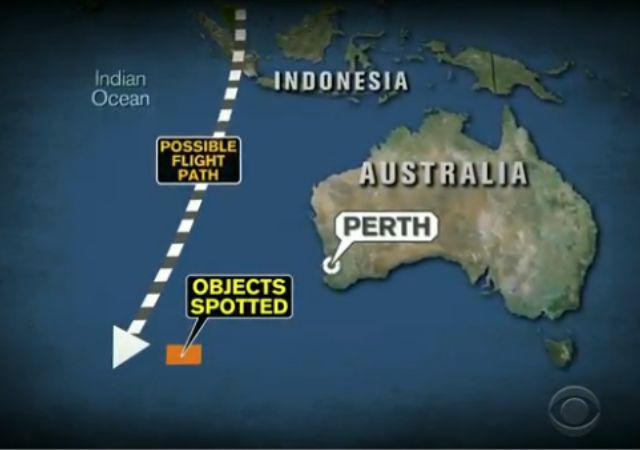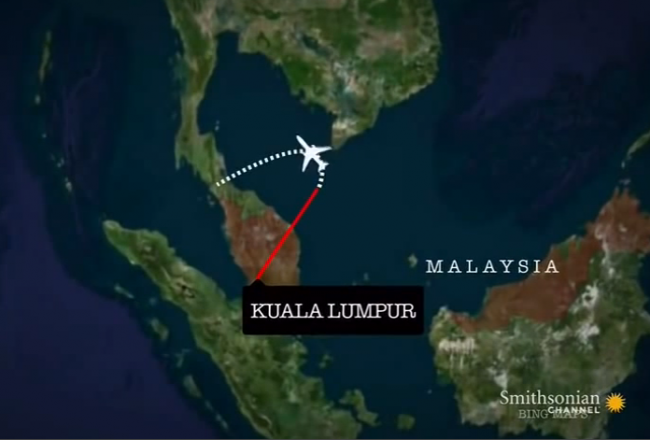Authorities on MH370: ‘We cannot exclude the possibility of a third person or third party or unlawful interference’
on July 31, 2018
17 Comments
Malaysian authorities concluded in their final report that they cannot determine the cause disappearance of Malaysia Airlines flight 370, which happened four years ago.
This has led to the resignation of Azharuddin Abdul Rahman, the head of Malaysia's civil aviation authority.












